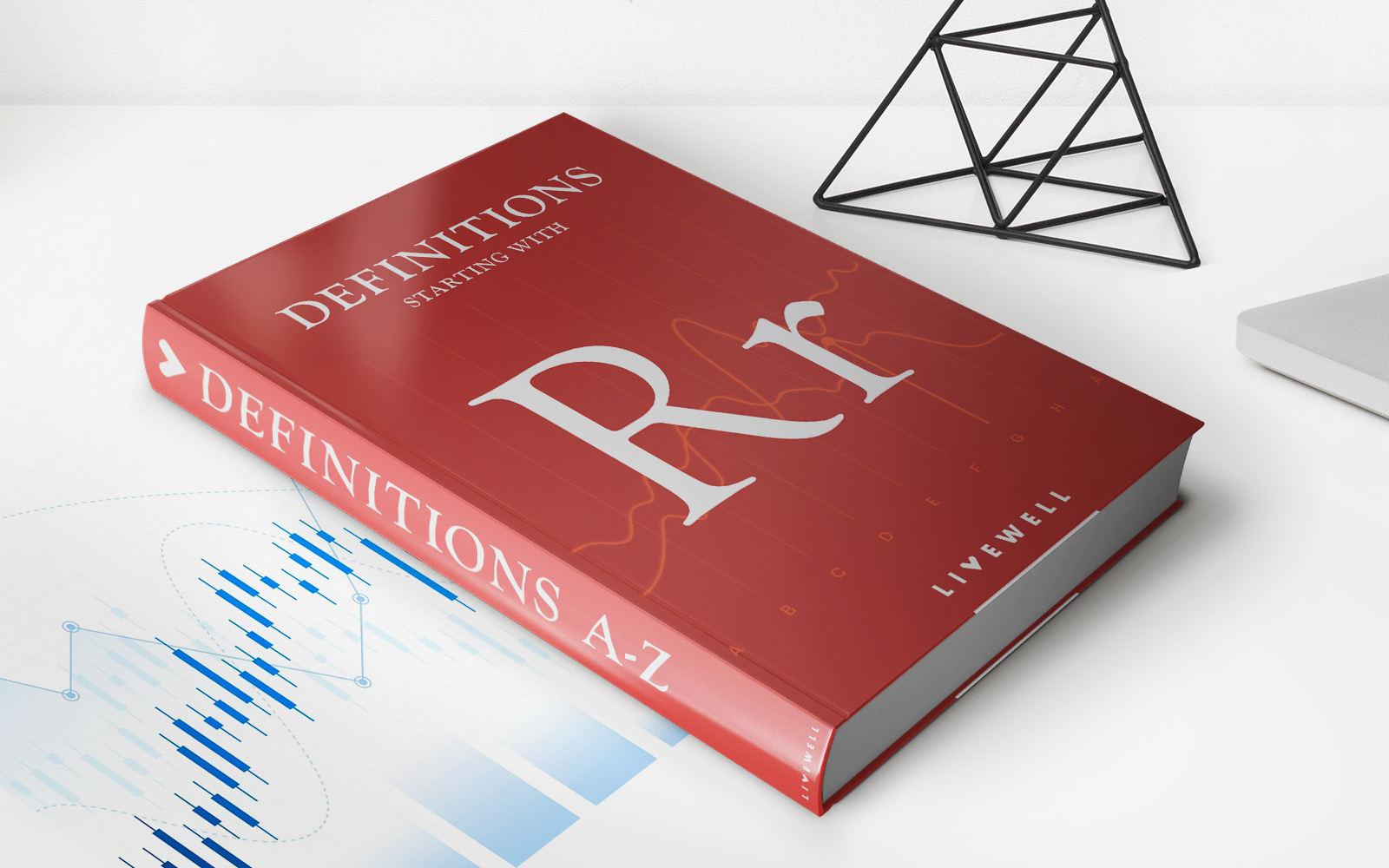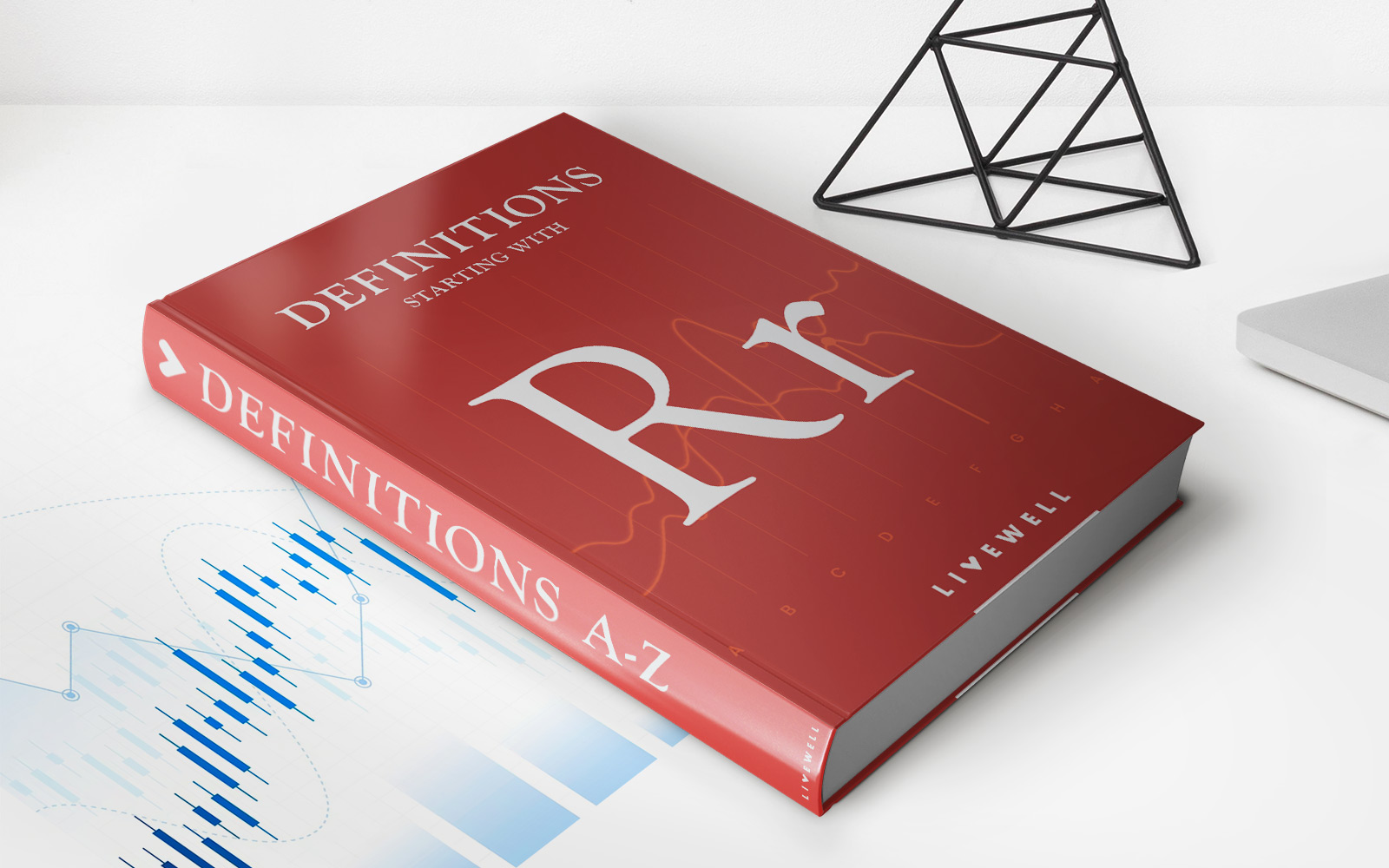Home>Finance>Random Variable: Definition, Types, How Its Used, And Example


Finance
Random Variable: Definition, Types, How Its Used, And Example
Published: January 15, 2024
Learn about random variables in finance, including their definition, types, and how they are used. Explore an example to understand their significance in financial analysis.
(Many of the links in this article redirect to a specific reviewed product. Your purchase of these products through affiliate links helps to generate commission for LiveWell, at no extra cost. Learn more)
Understanding Random Variables in Finance
When it comes to finance, there are several concepts that can seem confusing and complex. One such concept is random variables. In this article, we will break down the definition of random variables, explore the different types, discuss how they are used in finance, and provide an example to help illustrate their practical application. So, let’s dive in!
Key Takeaways:
- Random variables are mathematical functions that assign different values to outcomes of a random event.
- They are commonly used in finance to model uncertain quantities, such as stock prices or interest rates.
Definition of Random Variables
A random variable can be defined as a mathematical function that assigns different values to the outcomes of a random event. In other words, it is a numerical representation of an uncertain quantity. Random variables are denoted by capital letters, such as X, Y, or Z, and their values can vary based on the outcome of the event they represent.
Types of Random Variables
There are two main types of random variables: discrete and continuous.
1. Discrete Random Variables: Discrete random variables can only take on a finite or countable number of values. For example, the number of heads obtained when flipping a coin three times is a discrete random variable because it can only have the values 0, 1, 2, or 3.
2. Continuous Random Variables: Continuous random variables, on the other hand, can take on any value within a specified range. These variables are often associated with measurements or quantities that can be measured on a continuous scale. Examples include the height of individuals or the temperature on a given day.
How Random Variables Are Used in Finance
Random variables play a vital role in finance as they help in modeling uncertain quantities and understanding the associated risks. Here are a few ways in which random variables are used in finance:
- Stock and Bond Prices: In finance, random variables are commonly used to model stock prices, bond prices, and other financial securities. By using historical data and statistical analysis, analysts can create models that generate random variables to simulate potential price movements.
- Interest Rates: Random variables are also used to model and simulate interest rate movements over time. This helps in understanding the impact of interest rate changes on various financial instruments, such as loans or savings accounts.
- Portfolio Risk Analysis: Random variables are utilized to assess the risks associated with investment portfolios. By simulating various scenarios and generating random variables, analysts can estimate the potential fluctuations in portfolio value and calculate risk measures such as Value-at-Risk (VaR).
Example of Random Variables in Finance
Let’s consider an example of how random variables are used in finance. Suppose you are analyzing the potential returns of a stock investment. By taking into account various factors such as market conditions, company fundamentals, and historical volatility, you can create a random variable to represent the potential return on the investment.
Using statistical techniques and historical data, you can assign probabilities to different values of the random variable, reflecting the likelihood of various returns. This information can then be used to assess the risk and potential reward of the investment.
For instance, the random variable may have values ranging from -10% to +20%, with corresponding probabilities assigned to each value. This allows you to understand the potential range of returns and make informed investment decisions.
Conclusion
Random variables are essential tools in finance that help in modeling uncertain quantities and understanding risk. By using these mathematical functions, analysts can simulate different scenarios, calculate probabilities, and make informed decisions. Whether it’s modeling stock prices or assessing portfolio risk, random variables provide vital insights into the uncertain nature of financial markets.
So, the next time you come across the term “random variable” in the world of finance, remember that it represents more than just a mathematical concept – it’s a powerful tool that helps unravel the intricacies of uncertain events and guides our decision-making process.














